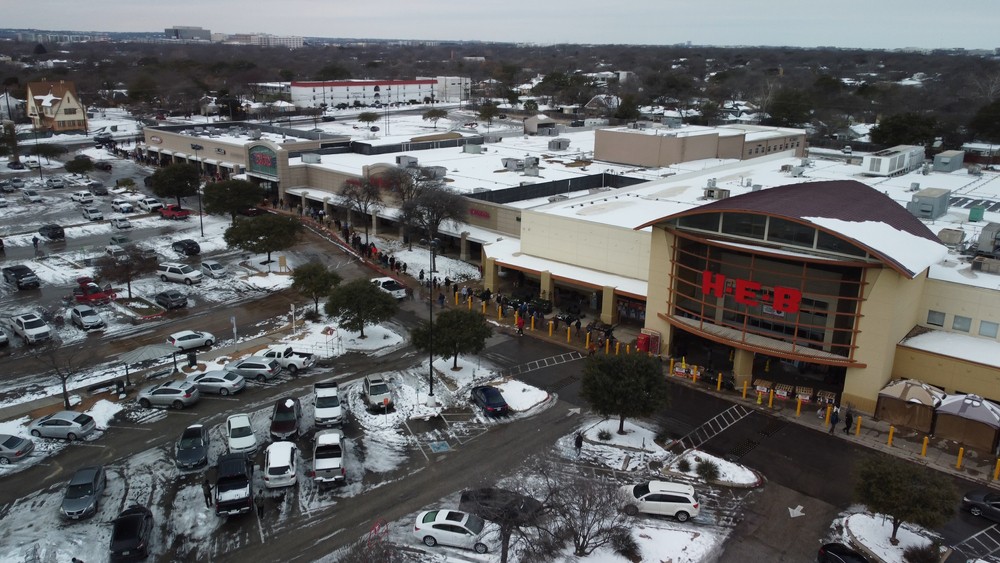How the Texas Deep Freeze Affected Manufacturing

For nearly a week, the State of Texas was absolutely shellshocked by rolling blackouts, power failures, and freezing temperatures as it weathered extreme winter conditions. Amidst the peak of the turmoil, the White House declared it a disaster, sending FEMA into the region. Now, while the health and wellbeing of Texas residents is slowly recovering from the fiasco, it’s becoming apparent how much economic damage also took place. Manufacturing is bearing the burden of significant losses that could take months to make up.
The deep freeze at a glance
Back-to-back severe winter storms hit Texas February 10-11 and 13-17, bringing with them high winds, heavy (for the region) snowfalls, and freezing temperatures. As a result, the capacity of Texas’ power grid was stretched and, eventually, failed. At the peak of rolling blackouts, more than 4.3 million homes and businesses in Texas were without power for days at a time.
The result of the grid failure was, in and of itself, a perfect storm. Frozen natural gas lines and instruments were the primary cause for failure; however, the grid itself also wasn’t appropriately winterized. Of the grid’s 67,000-megawatt wintertime capacity, 46,000 megawatts were unavailable.

The cost of winter’s bane
Aside from the extreme devastation caused by lack of power — including death, injury, property damage, and lost revenue for small businesses — manufacturing suffered mightily in the failure of Texas’ power grid.
According to a report from Mexico’s National Council of the Maquiladora and Export Manufacturing (INDEX), the biggest issue for manufacturers actually comes from across the border. Factories in Tamaulipas, Chihuahua, and Nuevo Leon suffered when Texas began limiting natural gas supplies. These cities are home to factories producing everything from auto parts to electronics, which have since halted production. Lines for GM, Mazda, and Volkswagen were shut down.
In Texas itself, the disruption is even worse. Approximately 28% of technology giant Samsung’s overall production capacity is in Texas (Austin). Dutch semiconductor producer NXP also has significant presence in Austin, and was similarly affected by the outages. From technology, to automotive, to healthcare and beyond, Texas’ status as a manufacturing hub was cast into disarray with the loss of reliable power. And the calculations of loss are still coming in.

An avoidable setback
The Texas Deep Freeze couldn’t have come at a worse time. Supply chains for many of the industries affected are already on shaky ground, and the case for reshoring efforts has suffered a strike from a situation that, by all accounts, could’ve been avoided through proper foresight and winterization of the power grid.
Nevertheless, there is a small but prevalent silver lining. This tragedy highlights the need for infrastructure reinvestment — especially if it’s going to support increasing demand from companies considering reshoring. Texas’ power grid is disconnected from the national grid system — a prospect that is almost certain to change following this event. Moreover, a rise in standards for infrastructure maintenance could provide the stable foundation needed to prevent another deep freeze or similar situation in the future.
Texas has already proven itself as a viable manufacturing hub. While devastating, the Deep Freeze could be the catalyst for change that makes it an even more appealing place for domestic manufacturing expansion in the future … provided there’s a lesson learned.
